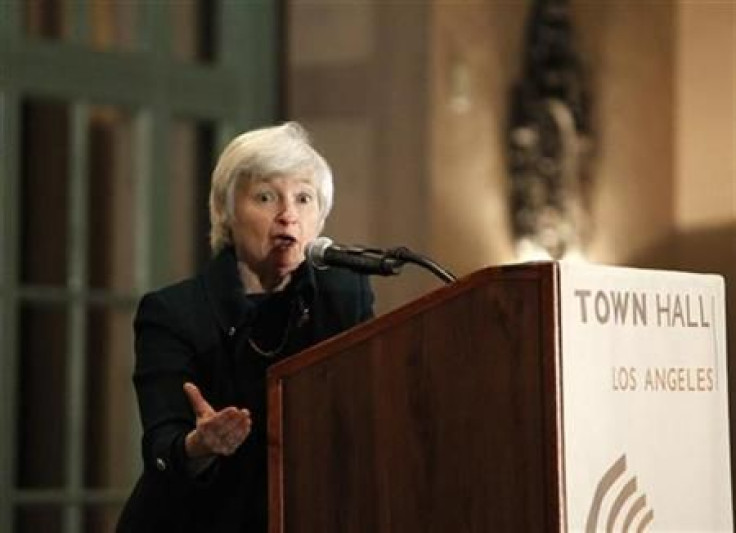Fed likely to buy all $600 bln for QE2, open to QE3

The Federal Reserve is likely to spend the entire $600 billion allocated for the second round of quantitative easing (QE2) and is open to a third round (QE3) if the economy performs worse than expected.
The Fed said it intends to purchase $600 billion of longer-term Treasuries by mid-2011, but will review and adjust that figure according to economic data.
Different parties are worried about the Fed either purchasing above or below the originally-stated $600 billion amount.
Investors who are going long on risk assets, people fearing deflation, and proponents of more government stimulus are worried that it will be smaller.
Long-term and large holders of Treasuries, many emerging market countries, and those fearing uncontrolled U.S. inflation are worried it may be bigger, or that the Federal Reserve will roll out QE3.
So far, Fed officials are striking a dovish tone, signaling their intent to at least finish all $600 billion in purchases and their willingness to do more if necessary.
When asked by the Wall Street Journal about what would make the Fed do more or less quantitative easing, Fed vice chairwoman Janet Yellen said the Fed is open to further action if it turns out the economy remains sufficiently weak or if [the Fed is] sufficiently worried about further disinflation in the medium-term.
When asked by CNBC about the possibility of not spending all $600 billion if the economy improves, New York Fed chief William Dudley said it is a little bit premature to be so confident in light of slow economic growth and the high unemployment rate.
Boston Fed president Eric Rosengren said he fully anticipate[s] the Fed completing the entire amount and that if the economy were to weaken substantially and further disinflation were to occur, the Fed would take more action.
Meanwhile, St. Louis president James Bullard said the Fed purchasing less than $600 billion is possible, but only if the economy improves a fair amount. Both officials were interviewed by Bloomberg.
In a separate Bloomberg interview, Jim O'Neill, chairman of Goldman Sachs Asset Management, said the Fed will conduct QE3 if QE2 does not revive growth in the U.S. economy. This is one reason he is bullish on U.S. equities and thinks the S&P 500 can rise as much as 20 percent in the next 12 months.
Terry Sheehan, economic analyst with Stone & McCarthy Research Associates, said if the Fed were to scale down the $600 billion figure, it would happen towards the latter stages of QE2 and inflation and employment data would have to improve significantly for several months.
For QE3 to happen, there needs to be a strong setback for the economy.
However, Sheehan does not expect the economy to deviate too much from the consensus outlook and therefore believes the Fed's ultimate figure will just be $600 billion.
Email Hao Li at hao.li@ibtimes.com
© Copyright IBTimes 2024. All rights reserved.











